The Pipeline Is Lying to You: Why Higher Win Rates Start with the Right Deals
By Harry Kendlbacher, CEO, Global Performance Group
Mike’s Note: This article encapsulates what I believe is a better strategy to secure “Win3 rates” that wins serves your customers, your company, and, you as a salesperson. Rather than I rehash or mine AI for a blog, let’s hear from Harry and his experience.
If you’ve been in sales long enough, you’ve heard the phrase, “It’s a numbers game.” But here’s the uncomfortable truth: more numbers in your pipeline don’t guarantee more wins. In fact, they can do the opposite — creating a false sense of security while clogging your team’s focus with deals that were never going to close.
At Harry’s company, Global Performance Group, their recent survey of over 350 senior B2B sales and enablement leaders found that 90% of sales leaders admit they’re not fully confident their teams consistently pursue well-qualified opportunities — a gap that can derail both pipeline and forecast accuracy. That’s not just a pipeline problem. That’s a win rates problem.
Focus on the Right Deals: Define Your ICP
When we work with sales teams to improve win rates, we always start here: are you going after the right deals in the first place? That means defining and aligning on your Ideal Customer Profile (ICP) — and not just at a high level.
Too many sales teams treat ICP like a static description in a marketing deck. In reality, it’s a living, breathing filter that should guide every sales coaching qualification conversation. If it’s not being used actively in the field, it’s just wallpaper (Mike: it’s more like toilet paper!) that clogs your sales pipeline. Your ICP should answer four critical questions:
Do they have the problem we solve? This sounds obvious, but you’d be surprised how often teams pursue accounts where the “pain” is either minimal or already being addressed elsewhere.
Will they value our solution enough to act? The best prospects not only recognize the problem — they see solving it as a priority and are willing to commit resources to it.
Can we win here — and win at the right margin? A deal that requires deep discounting or concessions just to get in the door will erode profitability and tie up resources that could have gone to higher-value opportunities.
Mike adds: The Fourth ICP: Can we develop a healthy, collaborative relationship with the key players in the account? Who really wants a deal that meets the first three ICP criteria but the primary customer contacts are jerks, difficult to work with?
And here’s where Harry sees so many sales teams stumble: they say they’re using ICP, but they don’t enforce it. Without that discipline, reps default to chasing activity over outcomes. They fill the pipeline with “maybes” that linger for months, eating up valuable selling time, attention, and forecast credibility.
The Discipline of Disqualification
High win rates are built on ruthless prioritization. If a deal doesn’t fit your ICP, it shouldn’t be in your pipeline — no matter how tempting it is to “just see where it goes.” Disqualifying early is not losing. It’s making space for the deals you can actually win.
One thing Harry stresses to sales leaders: win rates aren’t just about how well you close. They’re about what potential deals your salespeople choose to open. If you start with the wrong opportunities, it doesn’t matter how good your sales process is — you’re running uphill with the wind in your face.
Mike Adds: Research from my time with AchieveGlobal clearly indicated the most successful salespeople know when to walk early from deals that don’t meet ICP, so they can spend time building relationships with buyers who collaborate for profitable win3 deals.
The best teams don’t just know their ICP; they operationalize it. They train reps to test for fit early and consistently. They align marketing, SDRs, and account executives so everyone is chasing the same kind of business. And they use ICP as a common language between sales and leadership, ensuring that pipeline reviews focus on quality — not just quantity. Our survey data tells the story: when teams tighten ICP discipline, they improve both win rates and forecast accuracy. The pipeline stops lying, because it’s filled with deals that belong there.
Harry’s Bottom Line: Improving win rates isn’t about adding more to the top of the funnel. It’s about making sure what goes in the pipeline belongs there in the first place. Get ICP right, and you’ve already won half the battle, or, you are on the road to cultivate healthy, long term and profitable customer relationships.
Sales Coaching Action Steps: Meet your sales team to discuss and define what are the ICP’s for your business. Then meet each salesperson individually to review his/her funnel/pipeline to weed out possible poor deals, and how s/he can focus on prospecting ICP potential customers.
Read Harry’s original article from the Sales 3.0 Conference here.
Michael J Griffin
CEO & Founder of ELAvate
Successful ICP Sales Veteran
HRDC Malaysia Certified Sales Trainer
michael.griffin@elavateglobal.com
+65-91194008 (WhatsApp)

